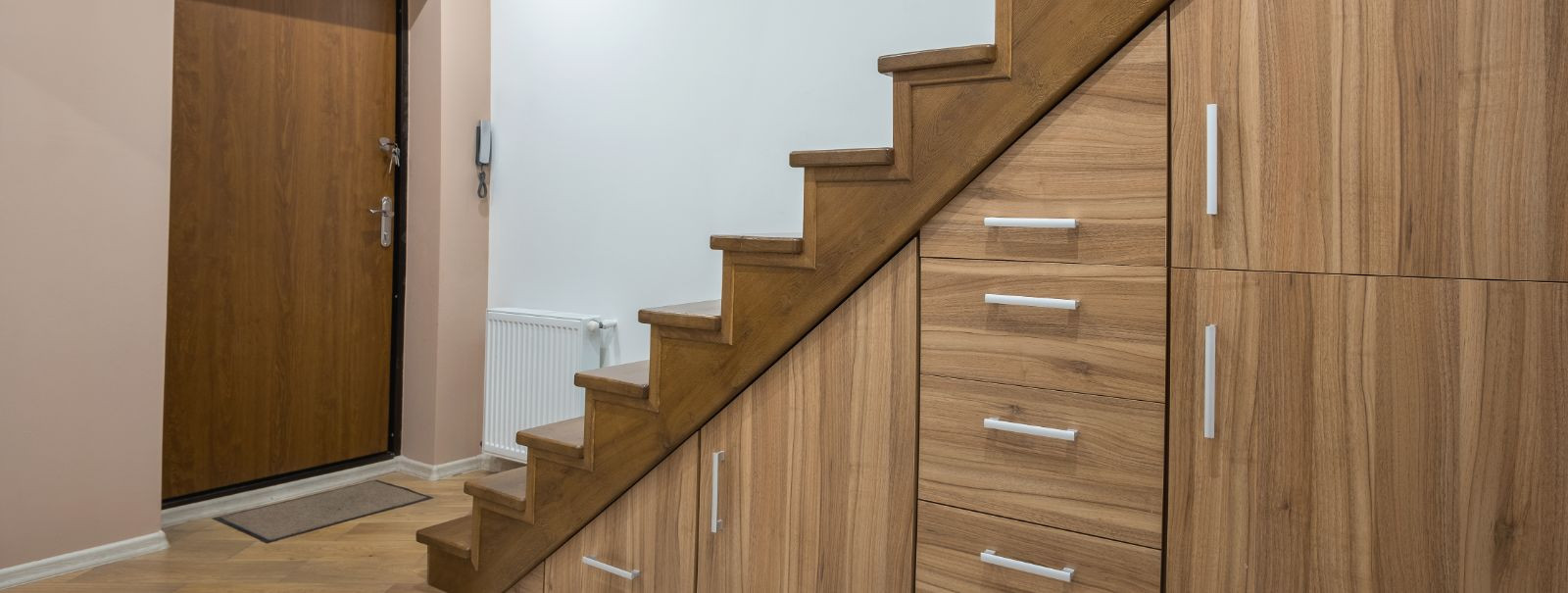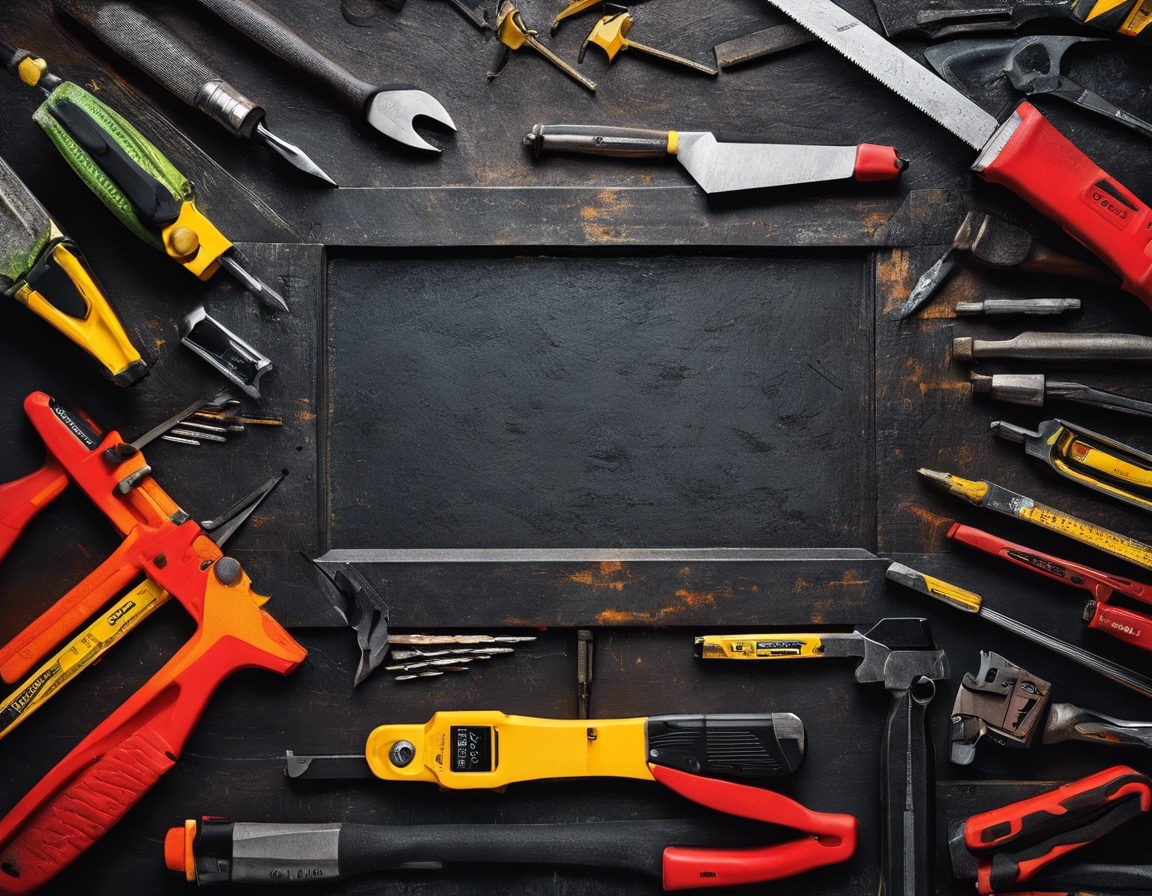The art of carpentry: more than just woodwork
Carpentry is often perceived as a straightforward trade focused on building and repairing wooden structures. However, it is much more than that. Carpentry is an art form that has been shaping human civilization for millennia, offering both functional and aesthetic contributions to our built environment.
From the ancient Egyptian's intricate woodworking to the grand carpentry feats of the Renaissance, the craft has played a pivotal role in architectural history. These historical examples showcase carpentry not just as a means to create shelter, but as a way to express cultural values and artistic vision.
Carpenters are artists who manipulate wood to create objects that are both beautiful and practical. The craft allows for personal expression and the opportunity to leave a lasting legacy through one's work.
The Intersection of Design and Craftsmanship
Design is integral to carpentry. It's where functionality meets beauty, resulting in pieces that are not only useful but also enhance the aesthetics of a space. Good design in carpentry considers the harmony between the piece, its purpose, and its environment.
For our target audience, finding furniture that fits specific dimensions and matches their aesthetic can be challenging. Custom carpentry offers personalized solutions that mass-produced items simply cannot provide, ensuring that every inch of space is utilized effectively and beautifully.
Materials and Techniques in Modern Carpentry
The choice of material is crucial in carpentry. Different types of wood and other materials can dramatically affect the look, feel, and durability of a finished piece. Carpenters must have a deep understanding of these materials to select the best one for each project.
Modern carpentry blends cutting-edge techniques with time-honored traditions. This combination allows for the creation of pieces that are both innovative and rooted in the rich history of the craft.
The Sustainability Aspect of Carpentry
Today's carpenters are increasingly aware of their environmental impact. Sustainable practices, such as using responsibly sourced wood and minimizing waste, are becoming standard in the industry.
Reclaimed wood and upcycling are not just trends but are important practices in sustainable carpentry. They allow carpenters to create beautiful, unique pieces while reducing the environmental footprint of their work.
Personalizing Your Space with Carpentry
Custom carpentry can transform a space, making it truly reflective of one's personal style and functional needs. It's about creating a connection between the individual and their environment.
Whether it's a custom bookshelf that fits perfectly into an awkward nook, or a bespoke reception desk that welcomes clients, carpentry can elevate the functionality and aesthetic of any space. It's an investment in quality and individuality that stands the test of time.






Comments (0)